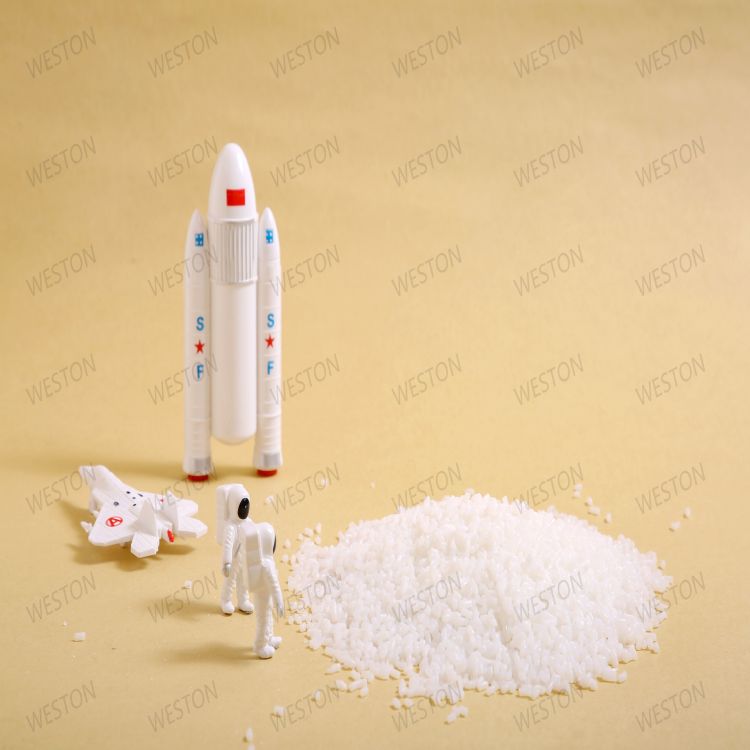-
Categories
-
Pharmaceutical Intermediates
-
Active Pharmaceutical Ingredients
-
Food Additives
- Industrial Coatings
- Agrochemicals
- Dyes and Pigments
- Surfactant
- Flavors and Fragrances
- Chemical Reagents
- Catalyst and Auxiliary
- Natural Products
- Inorganic Chemistry
-
Organic Chemistry
-
Biochemical Engineering
- Analytical Chemistry
-
Cosmetic Ingredient
- Water Treatment Chemical
-
Pharmaceutical Intermediates
Promotion
ECHEMI Mall
Wholesale
Weekly Price
Exhibition
News
-
Trade Service
Recently, a group of scientific research teams used quantum teleportation technology to successfully realize proton-to-proton data movement across more than 100 kilometers of optical fiber, which is the first time that such long-distance data movement is the first time, which is one step
closer to the practical application of this technology in the future.
According to Marty Stevens, a scientist at the National Institute of Standards and Technology (NIST), only about 1% of the protons in this test passed through a 100-kilometer-long optical fiber, indicating that the technology is still a long way from real practical applications
.
Perhaps the most important achievement of the project is the highly efficient superconducting nanowire single-photon detectors (SNSPDs) that the researchers have specifically studied
.
With the help of these detectors, the researchers succeeded in achieving efficient multi-proton measurements
.
"These new detectors can measure extremely weak signals, and without them, we might never have been able to complete this experiment
.
" Stevens said
.
Now, the team of scientists will begin refining
their technology.
At some point in the future, the number of protons that can pass through long-distance fibers may exceed 1%.
Recently, a group of scientific research teams used quantum teleportation technology to successfully realize proton-to-proton data movement across more than 100 kilometers of optical fiber, which is the first time that such long-distance data movement is the first time, which is one step
closer to the practical application of this technology in the future.
According to Marty Stevens, a scientist at the National Institute of Standards and Technology (NIST), only about 1% of the protons in this test passed through a 100-kilometer-long optical fiber, indicating that the technology is still a long way from real practical applications
.
Perhaps the most important achievement of the project is the highly efficient superconducting nanowire single-photon detectors (SNSPDs) that the researchers have specifically studied
.
With the help of these detectors, the researchers succeeded in achieving efficient multi-proton measurements
.
"These new detectors can measure extremely weak signals, and without them, we might never have been able to complete this experiment
.
" Stevens said
.
Now, the team of scientists will begin refining
their technology.
At some point in the future, the number of protons that can pass through long-distance fibers may exceed 1%.







